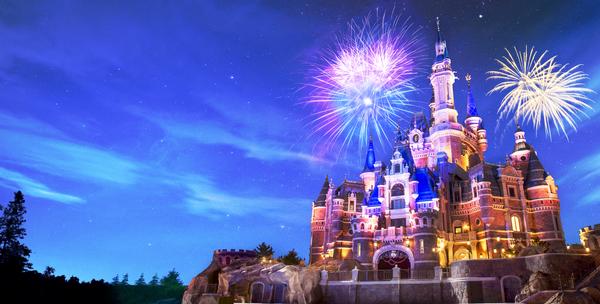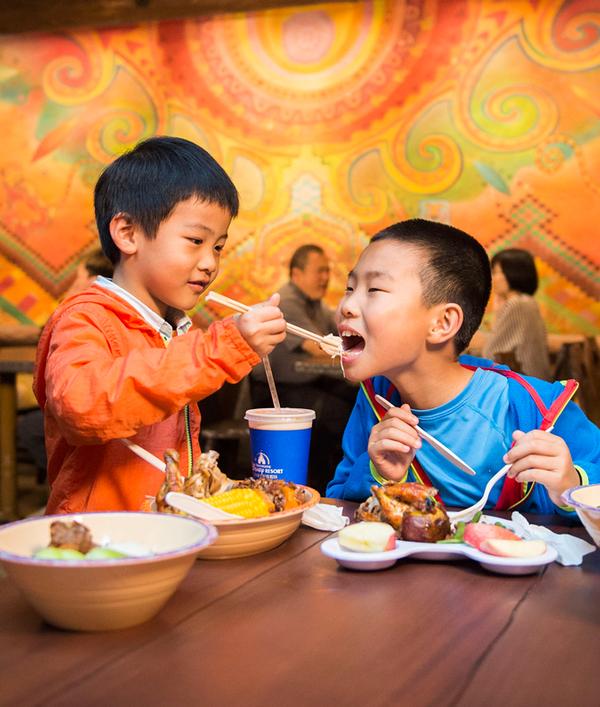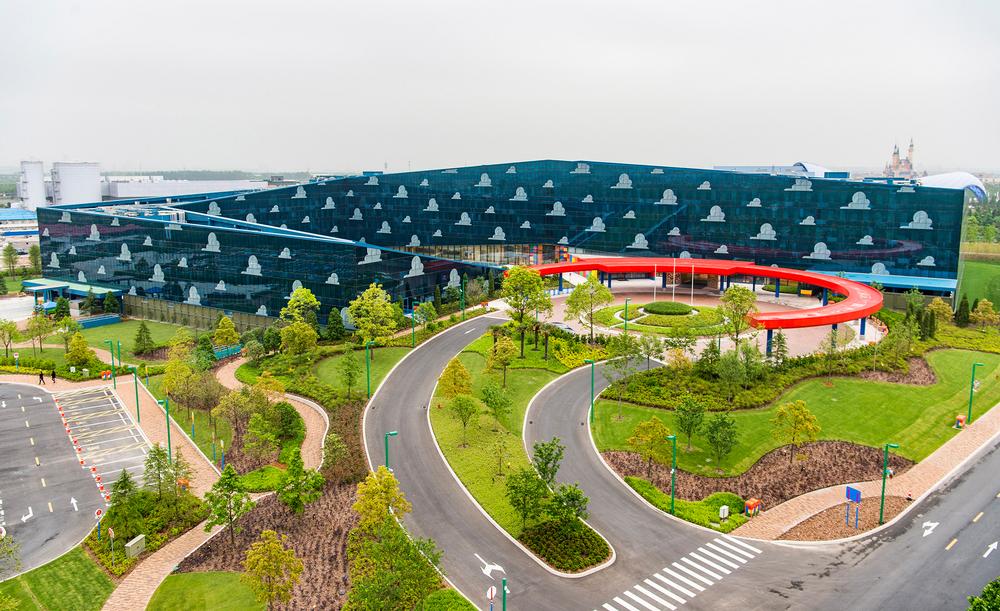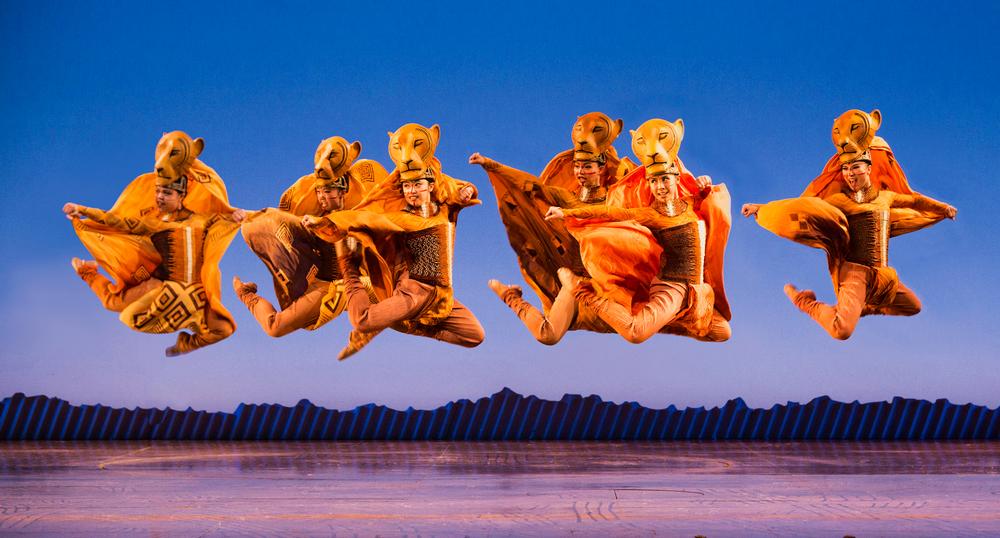Shanghai Calling
Unique attractions, catering and live shows geared towards the burgeoning middle class Chinese market is key to Shanghai Disneyland’s good fortune. David Camp considers the outlook

For Disney executives, the main questions on China were when and how – not if. The world’s biggest attractions operator needed to be in the world’s biggest market, but the timing, location and project had to be right. It needed support from the Chinese government and strong local partners.
Until 1978 Disney characters were banned in China, and it was not until 1986 that Disney cartoons started to be shown on Chinese TV. Disney executives knew that the only way they’d be able to work effectively in China would be to work closely with the authorities. Their partnership with the state-owned Shanghai Shendi Group (which owns 57 per cent of the joint venture) not only secured development funds, but also guaranteed the all-important local support and favourable influence.
The opening of Shanghai Disneyland on 16 June 2016 marked the culmination of more than 17 years of negotiation, planning and development. The first site visits were made in 1999, it then took a decade to obtain government support and planning approval for the development, ground-breaking took place in 2011 and construction took a further five years.
The investment of US$4.8bn (€4.3bn, £3.7bn) in the park and a total of US$5.5bn (€4.9bn, £4.4bn) in the Shanghai Disney resort is equivalent to a third of Disney’s global theme park revenues. It is a massive expenditure but not much more than the US$4.4bn (€3.9bn, £3.4bn) investment in Disneyland Paris resort back in 1992.
LESSONS LEARNED
Lessons have been learned from Paris. The Shanghai resort is opening with just 1,220 hotel rooms and a modestly sized Disney Town RDE area, rather than the copious 5,000 rooms built in Paris. Park designers have also sought to make Shanghai Disneyland relevant to the local Chinese market. Ninety per cent of the food offered is Asian fare, a six-hectare garden space in the theme park has been created to appeal to the preferences of Chinese urban masses, and live shows are also firmly geared to the Chinese audience. Disney marketing material refer to the park as being “authentically Disney and distinctly Chinese”. This is a critical difference to the Paris and Hong Kong Disney parks.
Attendance targets have been set at 10-12 million for the first year with growth over time to around 17 million annual visits. This would immediately position Shanghai Disney in the top 10 most visited theme parks in the world and yet it is would be merely a kick start for the massive 2,000-hectare (4,940-acre) Shanghai International Resorts Zone development that it anchors.
REAL POTENTIAL
At the moment Shanghai Disney stands almost alone, but the 50,000sq m (538,200sq ft) Shanghai Village outlet centre will open soon and additional hotel and resort development has already been announced for the area. The economic rationale is compelling. Real estate values in surrounding areas have jumped by a quarter in the past year, even before the opening of the park and further development will serve to increase demand.
A study by research economist Buzz Price in the 1960s revealed that during Disneyland California’s early years, for every US$1 spent inside the park, US$2 was spent on supporting activities outside. This impact – and the fact that Disney was not benefiting from the external spending – led to the creation of Walt Disney World in Florida. It is also a fundamental factor in the planning for the Shanghai International Resorts Zone. Work is already underway on expansion in the 390-hectare (964-acre) first phase development area. Meanwhile the central 700-hectare (1,730-acre) park zone contains enough space to create additional theme parks and boost visitor numbers significantly over time. These expansions will support future development including hotels, retail centres, residential zones and smaller attractions.
DOMESTIC TOURISM
With Chinese consumers seeing international brands as aspirational and expressions of success, Disneyland Shanghai is targeting the purchasing power of the rapidly increasing middle class strata in China. The market is certainly large. There are 24 million people living in Shanghai, 105 million in the wider Yangtze River Delta Region and an estimated 330 million income-qualified potential visitors within a three-hour road or rail radius.
In addition to regional residents, the tourist destination is strongly targeting the US$400bn (€353bn, £309bn) domestic tourism market.
While China’s one-child policy may be seen as a limiting factor on demand, the Chinese market has a strong family focus and grandparents frequently accompany their children and grandchildren on trips. According to Andy Bird, chair of Walt Disney International, this results in “one child, six pairs of pockets” – and this could drive strong merchandise sales.
PROFITING THE POTENTIAL
Standard adult admission tickets cost CNY370 (US$51, €50, £43) and the price rises to CNY499 (US$75, €67, £58) during peak periods. This is more expensive than other parks in China, but considerably less than that charged at other Disney parks around the world. Despite the more expensive entrance fee, park executives do not expect Shanghai Disney to make a profit in its first year. Instead, it’s considered part of a long-term development plan. The state-sponsored Shanghai Shendi Group has a vested interest in ensuring the destination’s success as it will make its returns from the wider resort real estate development – of which Disney Shanghai is the honey pot. With 85 per cent of Walt Disney’s Parks and Resorts revenue currently coming from domestic US parks, the international expansion offers significant growth potential. Analysts suggest that within five years, China’s latest park could be contributing an annual US$500-900m (€440-800m, £386-694m) profit to Disney.
Disney’s CEO, Robert Iger, called Shanghai “the greatest opportunity the company has had since Walt Disney himself bought land in central Florida”. Last year more than 58 million visits were made to Disney’s Orlando parks and over 66 million tourists visited the city. With China’s population being 2.5 times that of North America, it’s easy to see why Robert Iger is excited about the future.
About the author:
David Camp is a partner at D&J International Consulting, which offers independent advice on projects in Europe, the Middle East and Africa.
www.djintcon.com
[email protected]







Recreation Assistant (Dry Site)
Party Leader
Recreation Assistant/Lifeguard (NPLQ required)
Fitness Consultant Grade 3
Commercial Manager
Receptionist
General Manager
General Manager
Swim Teacher
Customer Service Advisor
Team Leader
Swim Teacher
Swimming Teacher
Swimming Teacher
Company profile

Featured Supplier

Property & Tenders
Company: Jersey War Tunnels
Company: Savills
Company: Cotswold Lakes Trust
Company: Knight Frank
Company: Belvoir Castle















